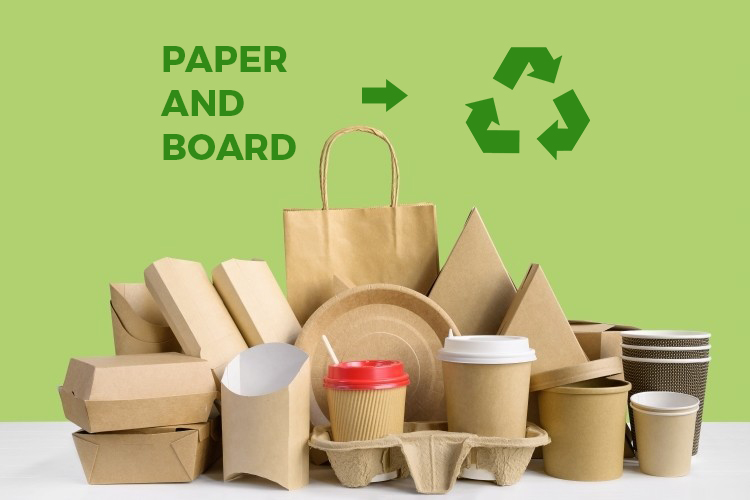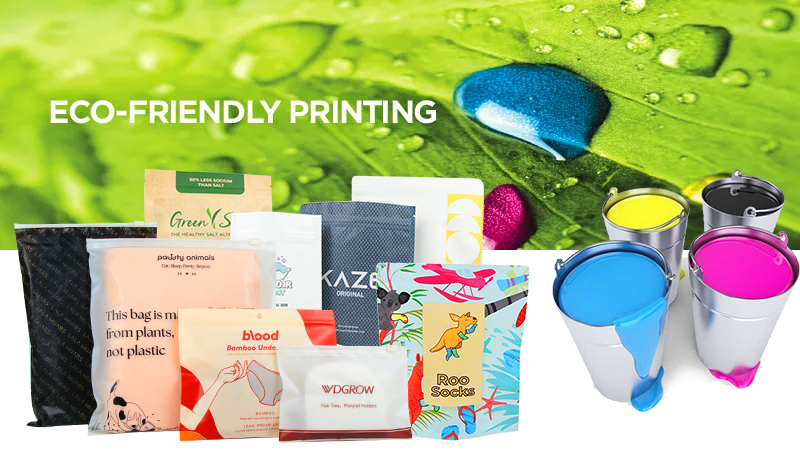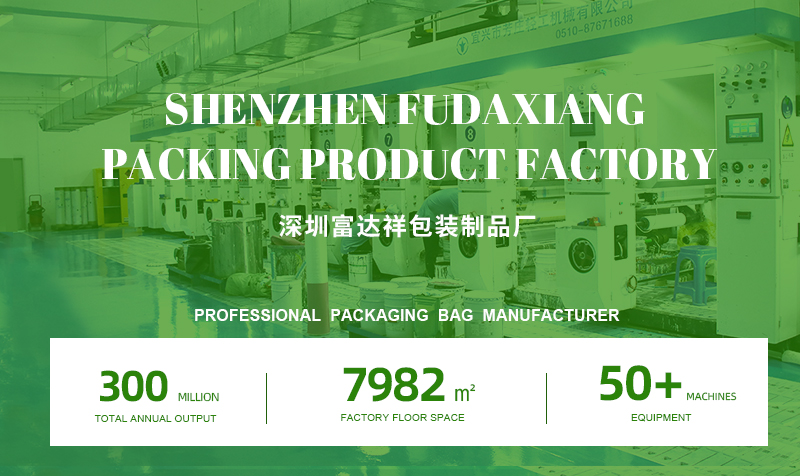Under the trend of normalizing the COVID-19 epidemic, there are still great uncertainties in the printing industry. At the same time, several emerging trends are coming into the public eye, one of which is the development of sustainable printing processes, which is also in line with the social responsibility of many organizations (including print buyers) to protect the environment in light of the pandemic.
In response to this trend, Smithers released a new research report, "The Future of Green Printing Market through 2026," which highlights several highlights, including green printing technology, market regulation and market drivers.
Research shows: With the continuous development of the green printing market, more and more printing Oems (contract processors) and substrate suppliers are emphasizing environmental certification of different materials in their marketing, which will become an important differentiating factor in the next five years. Among the most important changes will be the choice of environmentally friendly printing substrates, the use of consumables, and the preference for digital (inkjet and toner) production.
1. Carbon footprint
Paper and board, as the most common printing materials, are generally considered to be easy to recycle and fully conform to the principle of circular economy. But as product lifecycle analysis becomes more complex, green printing will not just be about using recycled or recyclable paper. It will involve the design, use, reuse, production and distribution of sustainable products, as well as the organizations involved in every potential link in the supply chain.
From an energy consumption perspective, most printing plants still use fossil fuel energy to run equipment, transport raw materials and finished products, and support the entire production process, thus increasing carbon emissions.
In addition, large amounts of volatile organic compounds (VOC) are released during solvent-based printing and manufacturing processes such as paper, plastic substrates, inks and cleaning solutions, which further aggravate carbon pollution in printing plants and thus harm the environment.
This situation is of concern to many international organizations. For example, the European Union's Green Trade Policy Platform is actively working to set new limits for the future of larger thermosetting lithography, intaglio and flexo presses, and to control microplastic pollution from sources as diverse as unreacted ink film and varnish shards.

2. ink
Paper and board, as the most common printing materials, are generally considered to be easy to recycle and fully conform to the principle of circular economy. But as product lifecycle analysis becomes more complex, green printing will not just be about using recycled or recyclable paper. It will involve the design, use, reuse, production and distribution of sustainable products, as well as the organizations involved in every potential link in the supply chain.
From an energy consumption perspective, most printing plants still use fossil fuel energy to run equipment, transport raw materials and finished products, and support the entire production process, thus increasing carbon emissions.
In addition, large amounts of volatile organic compounds (VOC) are released during solvent-based printing and manufacturing processes such as paper, plastic substrates, inks and cleaning solutions, which further aggravate carbon pollution in printing plants and thus harm the environment.

3. Base material
Paper-based materials are still considered sustainable and environmentally friendly, but are not infinitely recyclable either, with each recovery and repulping stage meaning the paper fibres become shorter and weaker. The estimated energy savings that can be achieved vary depending on the recycled paper product, but most studies show that newsprint, paper drawings, packaging, and paper towels can achieve energy savings of up to 57%.
In addition, the current technology for collecting, processing and deinking paper is well developed, which means that the international recycling rate for paper is very high -- 72% in the EU, 66% in the US and 70% in Canada, while the recycling rate for plastic is much lower. As a result, most print media prefer paper materials and prefer printing substrates that contain more recyclable ingredients.

4. Digital factory
With the simplification of the operation process of digital printing press, the optimization of printing quality, and the improvement of printing speed, it is more and more favored by most printing enterprises.
In addition, traditional flexographic printing and lithography have been unable to meet the needs of some current print buyers for flexibility and agility. By contrast, digital printing eliminates the need for printing plates and offers environmental and cost advantages that allow brands to more effectively manage the product lifecycle, what you see is what you get, meet their desired presentation and order delivery times, and fulfill their diverse packaging needs.
With digital printing technology, brands can easily adjust the print pattern, print quantity and print frequency to align their supply chain with their marketing efforts and sales results.
It is worth mentioning that online printing with automated workflow (including printing websites, printing platforms, etc.) can further improve the production efficiency of the printing process and reduce waste.

Post time: Nov-18-2022




